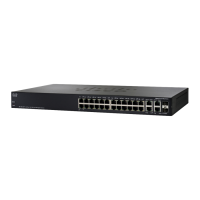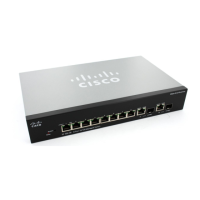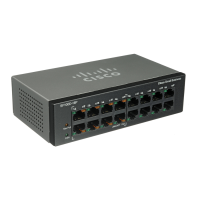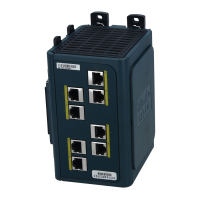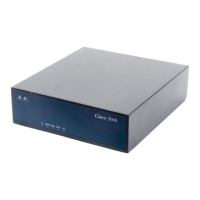IP Configuration
IPv6 Management and Interfaces
Cisco Small Business 200, 300 and 500 Series Managed Switch Administration Guide (Internal Version) 305
17
• Configuration Path Name—Path to configuration file on the configuration
server received from the DHCPv6 server.
IPv6 Tunnel
Tunnels enable transmission of IPv6 packets over IPv4 networks. Each tunnel has a
source IPv4 address and a destination IPv4 address. The IPv6 packet is
encapsulated between these addresses.
ISATAP Tunnels
The type of tunnel that can be configured on the device is called an Intra-Site
Automatic Tunnel Addressing Protocol (ISATAP) tunnel, which is a point-to-multi-
point tunnel. The source address is the IPv4 address (or one of the IPv4
addresses) of the device.
When configuring an ISATAP tunnel, the destination IPv4 address is provided by
the router. Note the following:
• An IPv6 link local address is assigned to the ISATAP interface. The initial IP
address is assigned to the interface, which is then activated.
• If an ISATAP interface is active, the ISATAP router IPv4 address is resolved
via DNS by using ISATAP-to-IPv4 mapping. If the ISATAP DNS record is not
resolved, the ISATAP host name-to-address mapping is searched for in the
host mapping table.
• When the ISATAP router IPv4 address is not resolved via the DNS process,
the ISATAP IP interface remains active. The system does not have a default
router for ISATAP traffic until the DNS process is resolved.
Configuring Tunnels
NOTE To configure a tunnel, first configure an IPv6 interface as a tunnel in the IPv6
Interfaces page.
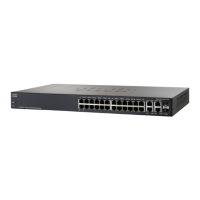
